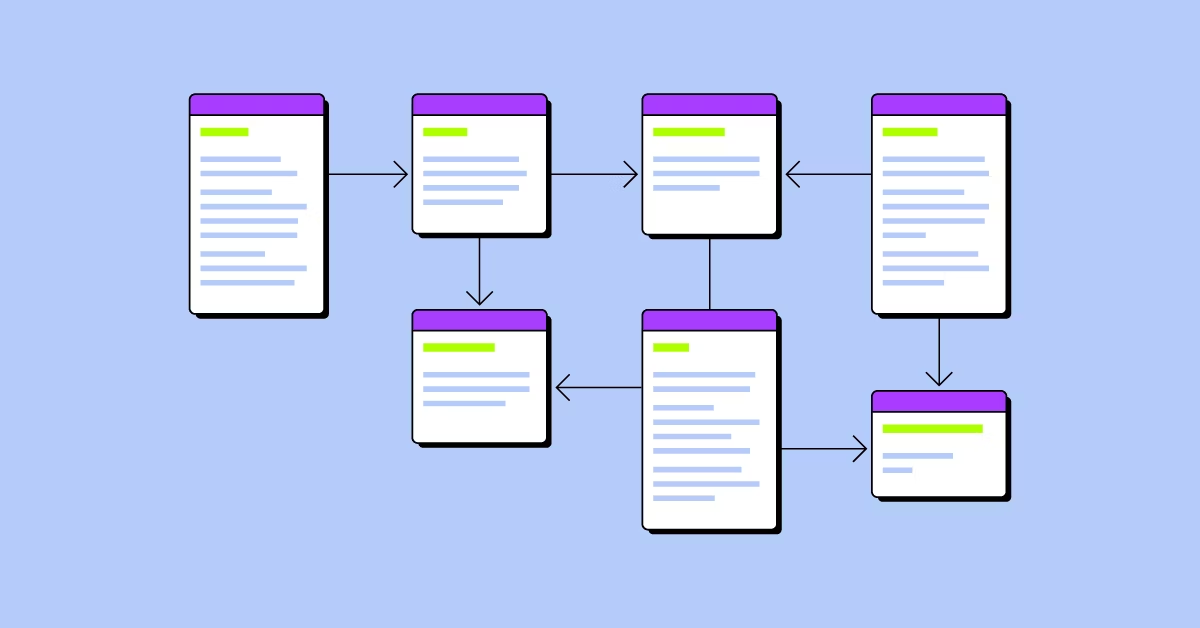Coding
1/16
Earn XP
Description and Tags
technologies
Name | Mastery | Learn | Test | Matching | Spaced |
|---|
No study sessions yet.
17 Terms
retrieve (v)
To obtain data or information from storage, typically using a specific method or protocol.
ex: Using SQL to manage, query, and ____ stock data from a database.
data schema (n)
is the organisation and structure of a databaset hat defines how data is stored, organized, and accessed.

TAC report
is a document that provides an analysis of the technical, operational, and financial aspects of a project, often used to assess its impact or feasibility.
Git
It tracks changes in your code and helps you collaborate with others.
GitHub
is a cloud-based hosting platform for Git repositories.
It stores your Git-managed projects online, making it easier to share and collaborate.
It also offers features such as issue tracking, project management, and version control collaboration.
indicator (n)
a measurement or sign that provides information about a particular situation or progress, often used to assess performance or conditions.
Come after sb/sth
To chase or take action against sb/sth in order to position, place or time.
ex: In the array, index 2 _____ index 1, so the program accesses it next in the loop.
Iterate (v)
To repeat a process, usually to improve it or move step-by-step toward a result — very common in coding, algorithms, and design.
Ex: Developers often ____ the design based on user feedback in each version
concatenate (v)
to put things together as a connected series or chain, often used in programming to combine strings or data.
ex: "I will ______ the two strings to form a complete message, and it is called string concatenation."
increment (v) = add to
(formal) an increase in a number or an amount
Ex: To track user activity, the system _____the login count every time someone logs in
Come up with
= propose = formulate=suggest
To think of, invent, or suggest an idea, solution, plan, or answer — usually something creative or useful.
ex: The developer _______ a new algorithm to improve loading speed
constraint (n)
is a restriction or rule that defines the conditions a solution must meet. It helps ensure the correctness, efficiency, and validity of the program, algorithm, or data.
ex: Given an array of up to 10⁵ elements, find the max sum… (constraint: O(n) time)
median (n)
is the middle value in a list of numbers when the numbers are sorted in order.
ex: numbers = [3, 1, 4, 2]sorted_numbers = sorted(numbers) # [1, 2, 3, 4]middle1 = sorted_numbers[1]middle2 = sorted_numbers[2]median = (middle1 + middle2) / 2print(median) # Output: 2.5Sorted array (n)
is a list of elements (usually numbers or strings) that is arranged in a specific order such as ascending (low to high) or descending( high to low)
merged array
combining two or more arrays into one — often while keeping the resulting array sorted.
a = [1, 3, 5]b = [2, 4, 6]merged = sorted(a + b) # [1, 2, 3, 4, 5, 6]Partitioning an array
dividing the array into parts (usually based on a condition or pivot) so that elements are grouped by some rule — such as smaller/larger than a pivot.